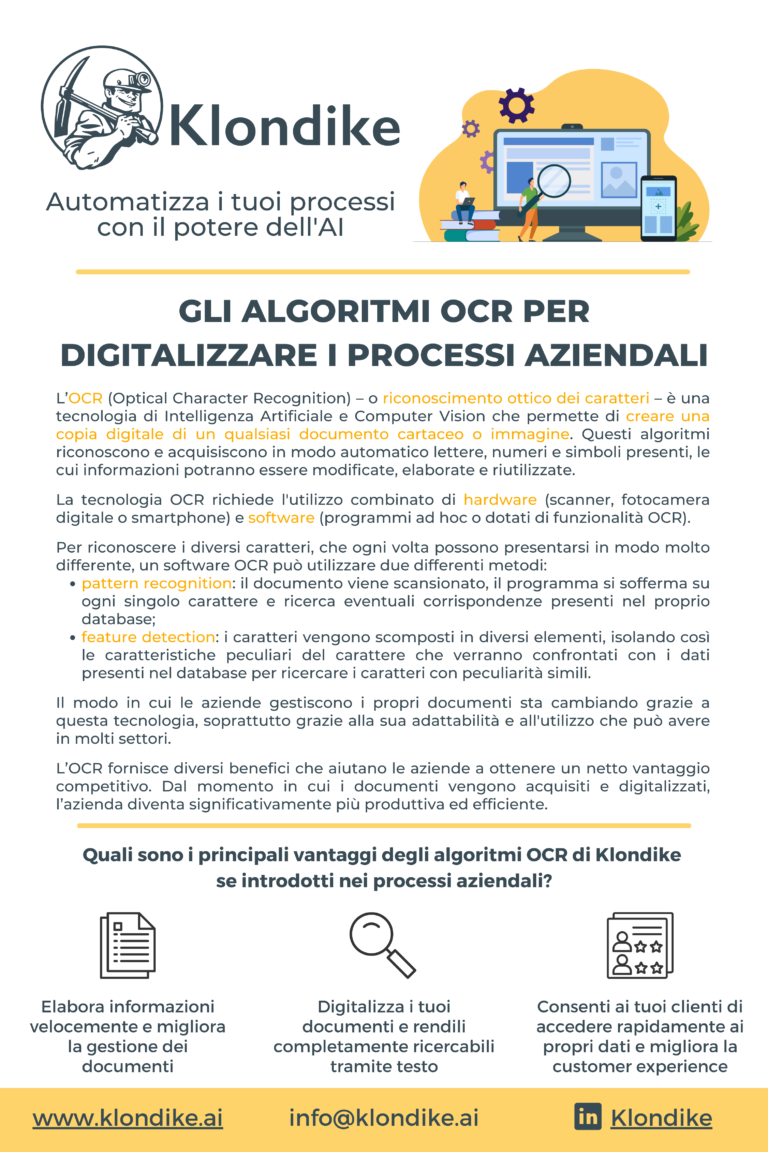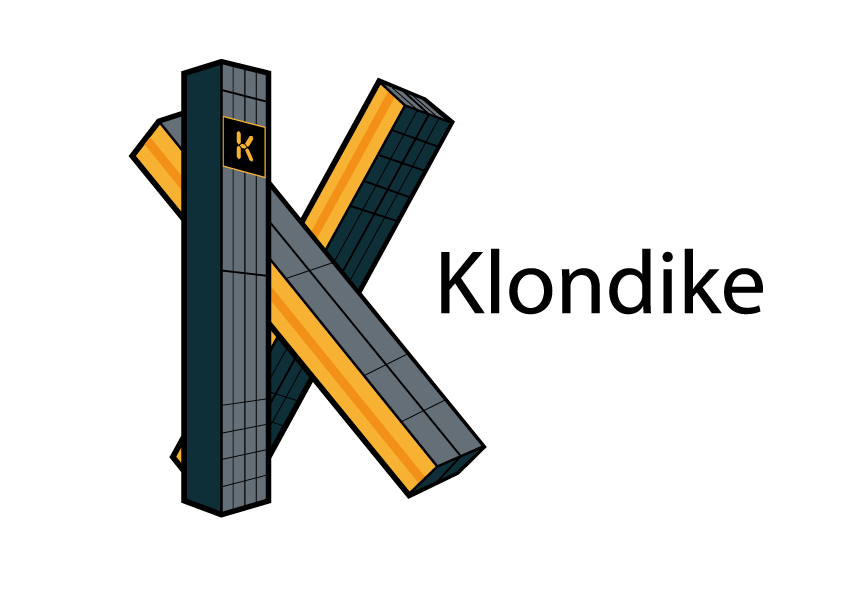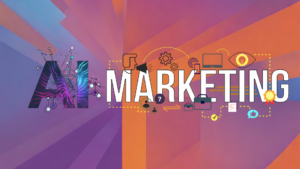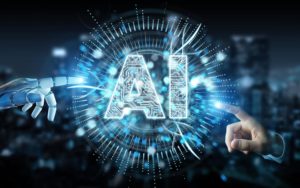Much of the information used today in business processes is now in digital format (e.g. spreadsheets, text documents, email communications, etc.).
Although physical paper documents such as business cards, labels or receipts still play an important role, their scope is much more limited and having an editable digital version of these data can be very convenient.
You can just scan any document to digitize and have it on your computer, but this way it will not be editable and you will not be able to make the necessary changes within it. Instead, the use of technologies such as OCR algorithms allows not only to scan documents, but also to improve data accessibility and file security. These converted files can be easily edited, shared or exported to different formats as needed at any time.
These automated processes, in addition to eliminating paper and digitizing data, open the way to new and improved collaborative and digital working methods, increasing the productivity of individual employees in the company.
What is OCR and how does it work?
OCR (Optical Character Recognition) is an Artificial Intelligence research field related to image recognition.
OCR systems are programs of Computer Vision that, through AI algorithms, are able to detect the characters contained in a document and transform them into digital text readable by a machine. Thanks to this technology, in addition to saving time that would be lost in copying information by hand, you can have a digital editable copy of documents such as text files written by hand, machine, scanned, photographed, sent by fax or printed.
The conversion is carried out through hardware devices such as scanners, digital cameras or mobile devices, which communicate the recognized data to special software with OCR algorithms.
How an OCR works
The OCR technology recognizes the text by first analyzing the document structure, then dividing the page information into elements, words and characters. However, the structure is not always easy to analyze, as there are many different font types and variables. There are therefore several ways in which OCR software processes texts:
- recognition of models and characters in their entirety;
- detection of the characteristics of the individual elements of each character (lines, strokes, angles, etc.);
- intelligent character recognition when handwritten;
- optical recognition of signs (e.g. in the case of responses to tests and surveys in which respondents must fill an empty box with a pencil);
- optical recognition of the barcode of a product and its characteristics by scanning it.
By combining all these methods, you can read the text of any document such as invoices, letters, contracts, reports and many more.
OCR algorithms make companies more efficient
Optical character recognition technology has a number of relevant business uses that allow to transform work in enterprises when used for automation and optimization of business processes.
In many different sectors, OCR technology is used for multiple tasks. For example, when used for digitizing paper documents, it not only helps companies to save paper, but also improves data management and accessibility.
A tedious and repetitive task that OCR can eliminate is that of inserting manually the contacts collected at trade fairs or conferences into a CRM. Using an OCR application that can read business cards, contacts can be instantly translated into a digital form and automatically inserted into the CRM.
These algorithms can also be used to process invoices, orders or contracts that arrive in paper format and convert them into digital text, or to scan documents such as identity cards, passports or driver’s licenses.
The advantages of OCR for your company
Save time and money
Automatic digitization of the data takes place much faster than manual insertion. Files are processed in minutes instead of hours, information or archived documents recovered quickly, saving money and ensuring the security of documents.
Improve work management and business processes
Manual data processing takes a long time and can cause human errors, delays, misunderstandings, and generally a slow business process cycle. With the appropriate tools available, your employees will ensure greater efficiency: they will not have to devote time to repetitive and tedious tasks and will focus exclusively on value-added activities.
Fast searching of information
It is much faster and easier to search for particular information when you have a digital file, rather than browsing through endless paper documents page by page. An advantage that will certainly also be appreciated by employees in the company.
Improve customer service
Waiting for a customer who needs to access his documents instantly is not good business practice: it increases dissatisfaction and abandonment rate. Thanks to OCR, it takes a few seconds to collect and retrieve customer information and, by accelerating and simplifying customer service, you will also improve customer experience.
Eliminates storage problems
The files containing paper documentation always occupy a lot of space in every office. A digital archive stores documents processed by OCR quickly and without taking up physical space, making it easy to search for a particular file.
To find out all the benefits of Klondike’s OCR algorithms, download the information sheet and request a DEMO.
Fill out the form and download now the detailed pdf dedicated to this business case








